
Let us now praise rooftop solar: A tale from New England
Rooftop solar delivers benefits for the climate, the environment and consumers. New England is a prime example.
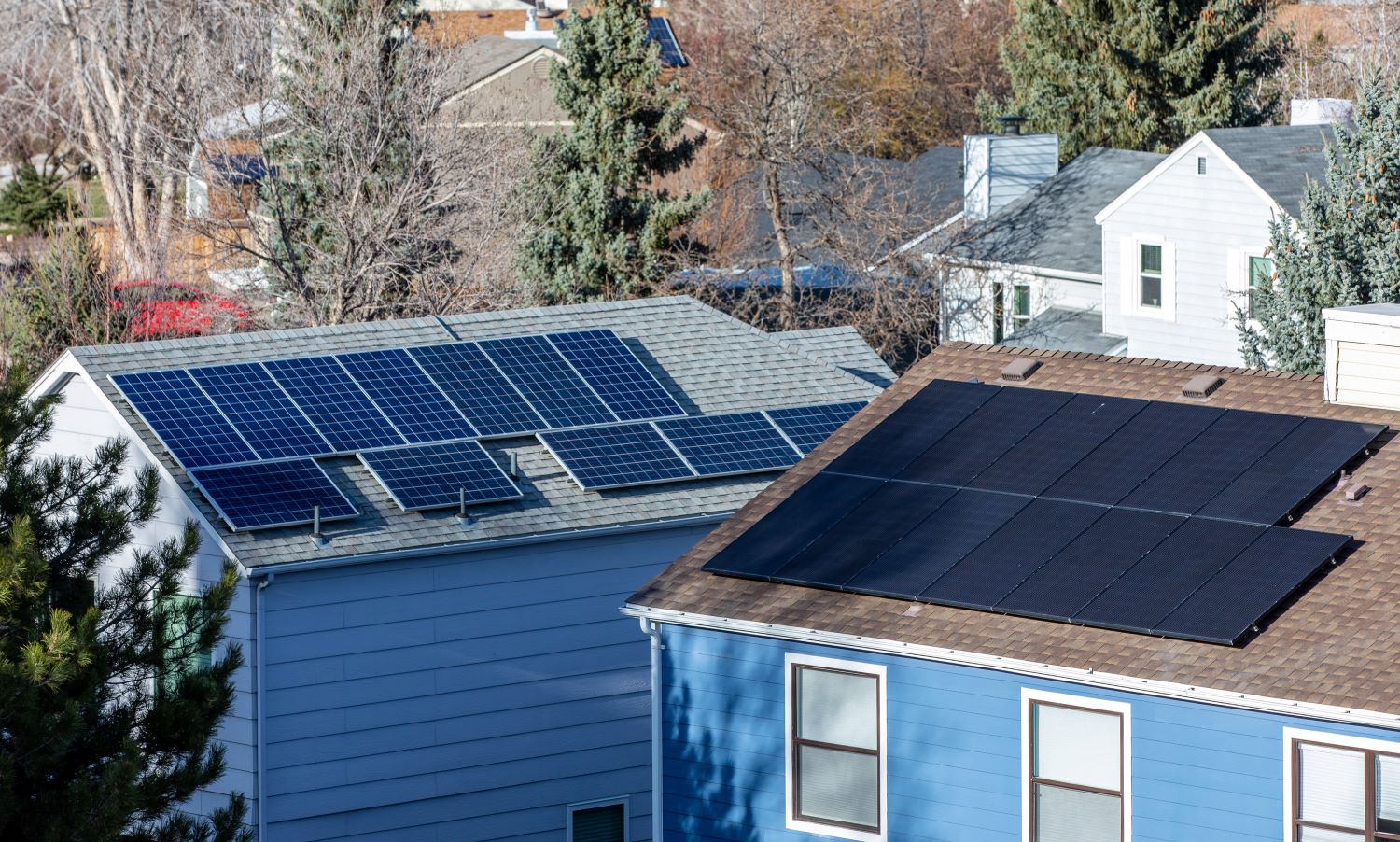
Earlier this week, Princeton energy analyst Jesse Jenkins and Heatmap editor Robinson Meyer released a podcast that posed a provocative question: Does installing rooftop solar panels actually help the climate?
Jenkins suggested that the answer might be “not always.” If installing rooftop solar panels results in less solar capacity being installed in large, utility-scale installations, the climate benefits might be null. Because rooftop solar is commonly (but not universally) believed to be more expensive than utility-scale solar, the result might be spending more money for the same outcome. And if that results in electricity becoming more expensive, that might slow the adoption of EVs and heat pumps and actually set decarbonization back.
Jenkins is one of America’s top climate policy modelers, and climate policy modeling involves stacking hypotheticals on top of one another to determine how a particular shift in one area might ripple across the system, sometimes producing unanticipated outcomes. It’s an important skill in a world where we need to make rapid changes in complex systems.
But it’s also an approach that can quickly take you to some strange places. Jenkins’ arguments about rooftop solar aren’t entirely invalid – and they’re less invalid in some places than in others – but they miss out on a large part of the story of why rooftop solar is uniquely beneficial, and uniquely important to the clean energy transition – both now and in the future.
In 2019, Frontier Group and Environment America Research & Policy Center published a report entitled The True Value of Solar, which detailed the numerous (and diffuse) benefits of rooftop solar to the environment, consumers and the grid. Rooftop solar, as a distributed source of energy, is qualitatively different from large utility-scale solar: whereas utility-scale solar plants feed “clean” electrons into the grid, “behind-the-meter” solar panels on rooftops reduce the amount of power that homes and businesses draw from the grid in the first place. That difference brings with it some important benefits.
At the end of the podcast episode, Robinson Meyer discusses some of these benefits – reduced losses of electricity in long-distance transmission, reduced need for investments in transmission infrastructure, and (in something we left out of True Value of Solar but which is becoming increasingly central to the renewable energy debate) reduced consumption of land.
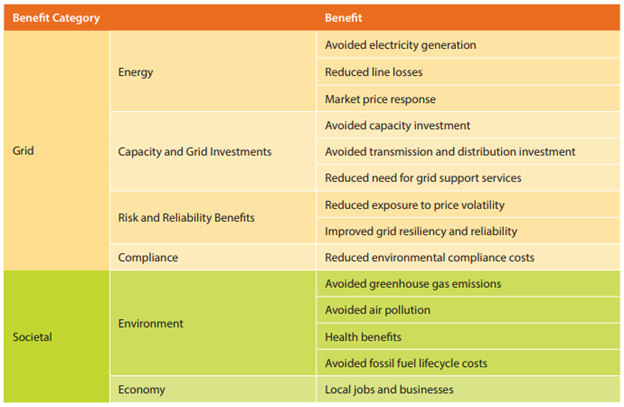
The many benefits of rooftop solar (from The True Value of Solar)Photo by Frontier Group | TPIN
As we discussed in our recent report Rooftop Solar on the Rise, we’ve built out a lot of rooftop solar in the United States in the five years since The True Value of Solar came out. Roughly 4 million American rooftops now sport solar panels. And rooftop solar generates about 1.5% of the electricity we use, and a much higher percentage in some states.
That means that we should actually be able to see the impacts of rooftop solar on the electricity system today. The electricity systems in different parts of the country differ in important ways – the story in Hawaii is not going to be the same as the story in California, Arizona, Texas or New Jersey.
But as New Englanders, we are going to claim home-field advantage and do a deep dive on the benefits of rooftop solar here in the Northeast. Those benefits – for the climate, the environment and the electricity system as a whole – have been large.
Shaving the peak
Our story begins on August 2, 2006 – a “hot one” if you lived in New England. The temperature hit 99 degrees in Massachusetts with 65% humidity. New Englanders cranked up their air conditioners and fans like never before, setting an all-time record for electricity use on the regional grid.
Nearly 18 years later, that record has yet to be broken.
Not that it hasn’t gotten hot since then. On June 29, 2021, the temperature in Boston hit 100 degrees. Yet, on that day, New England’s peak demand on the region’s electricity grid was more than 2 gigawatts lower than it was in 2006. And the region now draws significantly less electricity from the grid than it did in the mid-2000s. (See chart below.)

Peak demand and electricity supplied for load, New England (all-time peak demand in green). Data: ISO-New England 2023 Forecast DataPhoto by Frontier Group | TPIN
Why? Two key reasons: Energy efficiency (New England states claim five of the top nine spots nationwide for energy efficiency programs) and solar panels. In 2023, for example, distributed solar reduced peak load in New England by between 1 and 1.5 gigawatts on each of the five hottest days of the year. That’s about the size of a large power plant (a fact we’ll return to below).
This matters because, to avoid outages, the electric grid must be sized to meet the maximum anticipated demand (plus an extra margin of safety). If peak demand rises, grid operators must propose new transmission lines, or pay existing (usually fossil fuel-powered) generators to keep running or be available just to keep the lights on. A good example is the Mystic Generating Station outside Boston, which (along with a neighboring LNG terminal supplying gas to the plant) was paid an average of more than $40 million a month over a 13-month period of 2022 and 2023 to serve as an insurance policy for the grid, even though it was only infrequently used.
All of this costs money that ultimately is spread across all ratepayers. To the extent that rooftop solar reduces the need for those expensive infrastructure investments and reliability programs, it delivers savings to other electricity consumers.
But there’s more: Because solar power and other forms of renewable energy supply electricity at near-zero marginal cost, they tend to reduce wholesale electricity prices for consumers. A 2020 study by Synapse Energy Economics estimated that distributed (behind-the-meter) solar reduced wholesale electricity costs by $1.1 billion between 2014 and 2019. Adding in the public health benefits of reduced power plant emissions and the reduced need for electricity generating capacity, they estimated that behind-the-meter solar delivered benefits ranging from 20.5 to 37 cents per kilowatt-hour In New England. That savings figure – which rivals retail electricity prices in the region – is an understatement, since it does not include savings from avoided investments in transmission and distribution infrastructure, to which Synapse did not assign a dollar value.
Sunshine in winter
Thanks in part to rooftop solar, we can worry less about summer peaks. However, there’s another power-system worry that’s even more vexing to New Englanders: winter.
If you followed the collapse of Texas’ electric grid during the epic winter freeze of 2021, you know that winter poses a double-whammy threat to our energy system, with home heating and electric power plants competing for methane gas. It’s a problem that has long plagued us here in New England, where we massively expanded our use of gas for power generation in the 2000s.
You might not think that rooftop solar could help to address our winter electricity needs in New England. It’s cold here in the winter. And dark.
But, counterintuitively, our local grid operator, ISO-New England, concluded last year that the growth of solar PV is one factor contributing to meeting the region’s winter electricity needs. Not necessarily because we can count on the sun to be shining at the moments when the grid is most stressed, but because even solar panels generating power at a low level over the course of time ease the strain on oil and gas supplies that are needed to keep the region’s backup generators operating (and our homes warm). Increasing confidence about the ability of the grid to meet winter demand needs is one of the factors contributing to the upcoming closure of the Mystic Generating Station – the plant that had received the multi-million dollar monthly subsidy mentioned above. Rather than paying for an expensive energy insurance policy for a plant that barely runs, that money will go back into ratepayers’ pockets.
Conflict avoidance
Some of the benefits mentioned above are specific to rooftop solar. Others – greenhouse gas emission reductions, public health benefits, avoided gas use – are equally attributable to distributed and utility-scale solar power. If rooftop solar is more expensive than utility-scale solar when all the costs to the grid are included (and I do mean “if”), mightn’t we get more “bang for the buck” by switching from the former to the latter?
That question hinges on an important assumption: That utility-scale and rooftop solar are substitutes – that both can be built as quickly, as easily, and as reliably as one another. In New England, at least, that hasn’t been the case. While the region has raced ahead with distributed solar power over the last decade, it’s been stuck in low gear when it comes to building out utility-scale solar. In 2023, New England generated 83% more electricity from small-scale solar than we did from utility-scale.
Utility-scale projects in New England (and elsewhere) are often hard to build not because of some mythical competition with rooftop solar, but because they run into interconnection delays, or because they sometimes spark intense land-use conflicts around the protection of farmland, forests and other open spaces, and create real concerns about local environmental harm.
You can file these conflicts into the bucket of NIMBYism if you like, and sometimes they are that. But doing so misses out on two important truths. One is that farms, forests and natural lands have value in and of themselves – not just for carbon sequestration or for wildlife, or even for their own sake, but also for a host of other purposes, from flood control to water purification, that fall under the definition of “ecosystem services.” Both Jenkins and Meyer note that rooftop solar’s potential to conserve land (we estimated in previous work that 1 GW of rooftop solar in California saves about 5,200 acres of land) is an important benefit. Neither of them put a dollar figure on it.
The second is that maintaining broad public support for clean energy is critical if we want it to grow, and given the broad, bipartisan support for environmental conservation, exacerbating conflicts between clean energy advocates and conservationists is about the least productive strategy imaginable for achieving that goal.
Even if it is difficult to put a dollar value on the land conservation benefits of rooftop solar, we should still value it – just as we should value rooftop solar’s other unique benefits, from reduced transmission line losses to reductions in transmission and distribution costs. Would a full and fair comparison of all the societal costs of rooftop and utility-scale solar tip the balance toward rooftop? I don’t know, but it’s not inconceivable that it might.
But comparing rooftop and utility-scale solar sets up yet another conflict that needn’t exist. We need more of both kinds of solar – particularly as demand for electricity from vehicles and buildings ramps up in the years to come and especially given the potential of energy storage and demand management to expand what Jenkins describes as the “solar-sized hole” in electricity demand that solar PV can fill.
Figuring out how to get more of both kinds of solar power – and to use that power to cover a greater and greater share of our energy needs – is the critical task. As Jenkins and Meyer note toward the conclusion of the podcast, reducing the cost of rooftop solar is extremely important if we are going to install it in more places. We agree.
New England – which no one has ever mistaken for a sunsplashed paradise – is a prime example of the many ways that rooftop solar benefits the climate, our electricity system, consumers and the environment. Everyone agrees that if we’re going to meet our climate and energy goals, we’re going to need more of it. Let’s get cracking.
Topics
Authors
Tony Dutzik
Associate Director and Senior Policy Analyst, Frontier Group
Tony Dutzik is associate director and senior policy analyst with Frontier Group. His research and ideas on climate, energy and transportation policy have helped shape public policy debates across the U.S., and have earned coverage in media outlets from the New York Times to National Public Radio. A former journalist, Tony lives and works in Boston.
Johanna Neumann
Senior Director, Campaign for 100% Renewable Energy, Environment America Research & Policy Center
Johanna directs strategy and staff for Environment America's energy campaigns at the local, state and national level. In her prior positions, she led the campaign to ban smoking in all Maryland workplaces, helped stop the construction of a new nuclear reactor on the shores of the Chesapeake Bay and helped build the support necessary to pass the EmPOWER Maryland Act, which set a goal of reducing the state’s per capita electricity use by 15 percent. She also currently serves on the board of Community Action Works. Johanna lives in Amherst, Massachusetts, with her family, where she enjoys growing dahlias, biking and the occasional game of goaltimate.
Find Out More
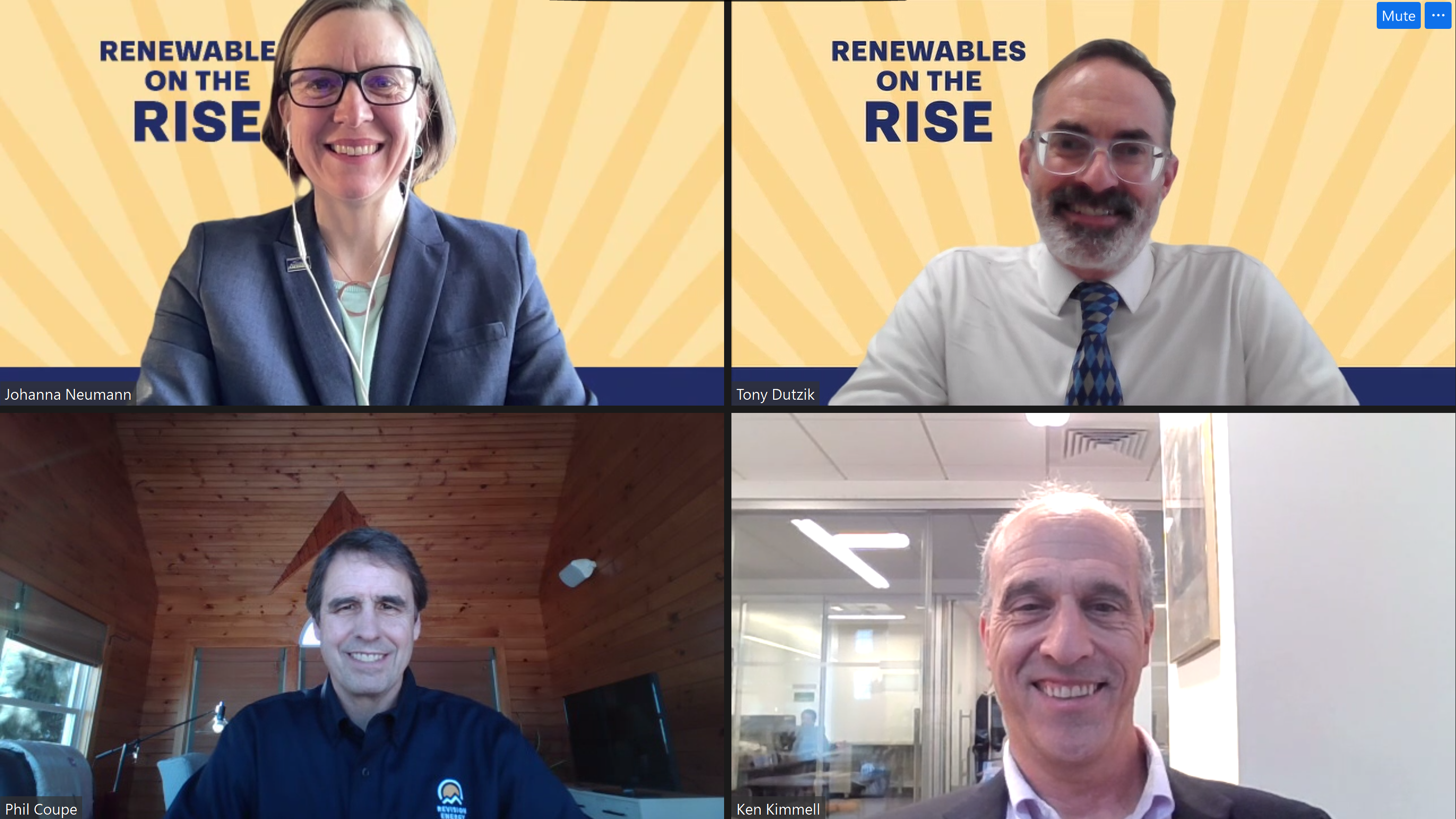
Key takeaways from Renewables on the Rise: Success Stories
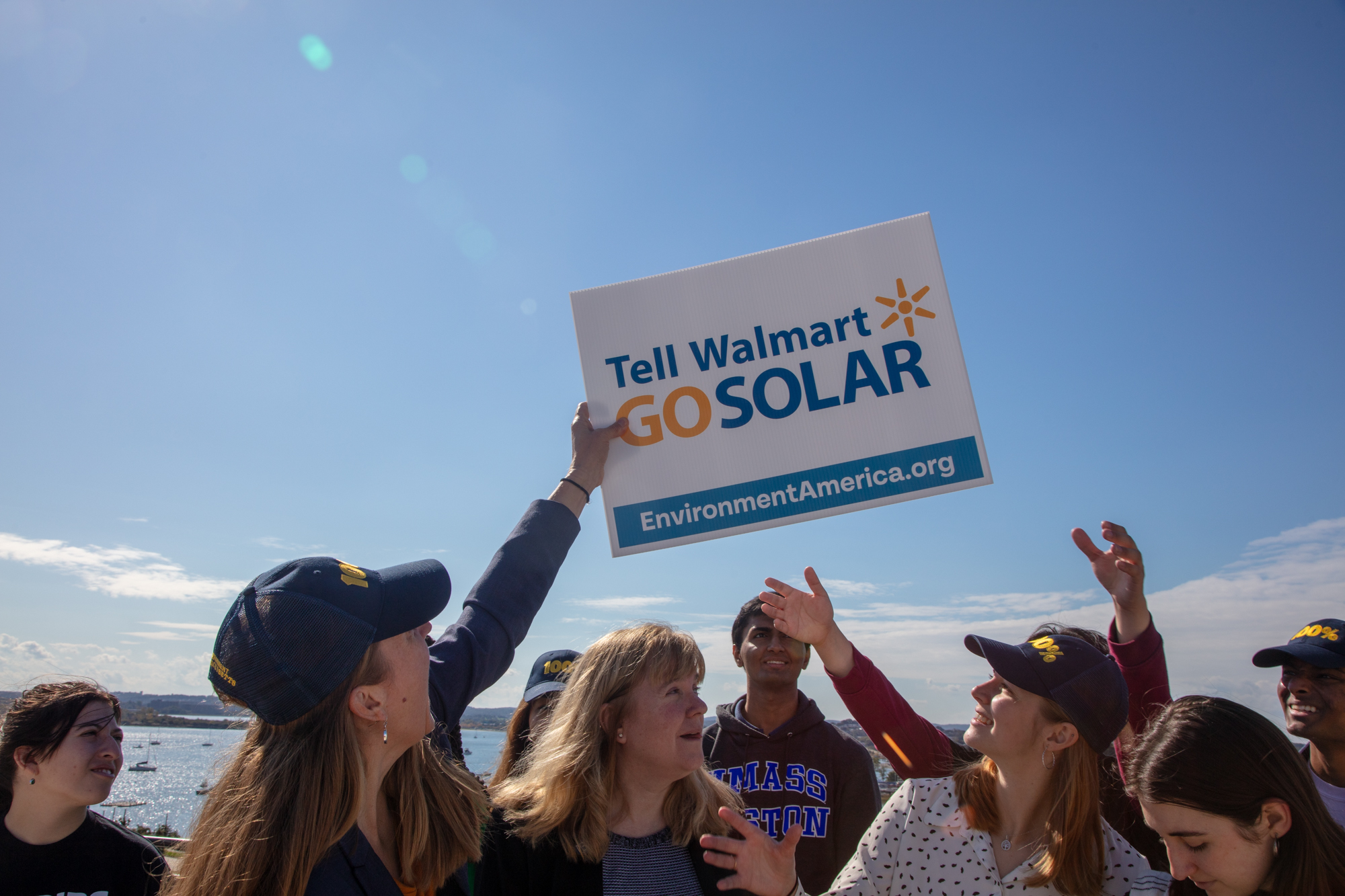
Which 10 American retailers can lead the way on rooftop solar?
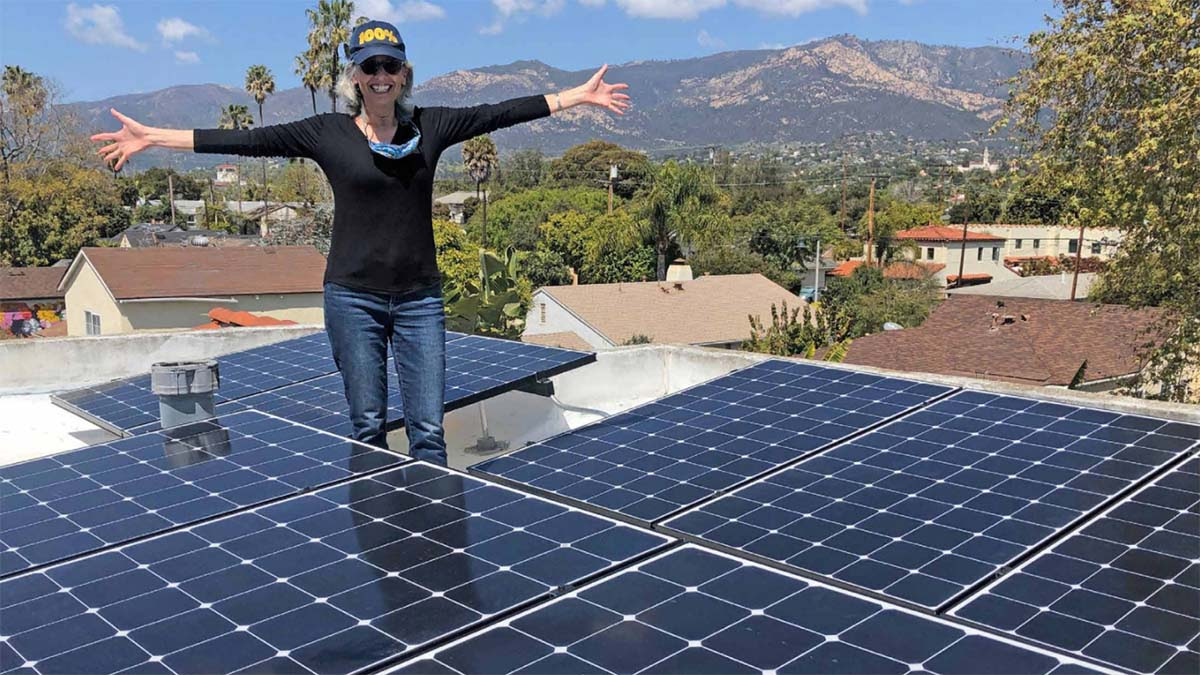
More rooftop solar, less red tape


